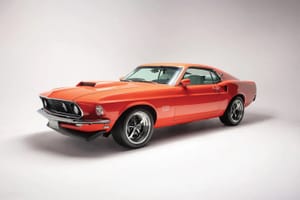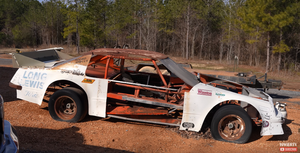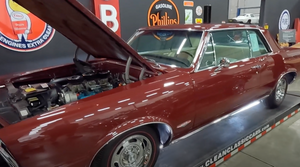BoostedMotorsports’ Stellantis Hurricane inline-six Viper clears 700 wheel horsepower and targets 900-plus with continued tuning.
A Dodge Viper fitted with Stellantis’ “Hurricane” inline-six is rewriting expectations for one of America’s most recognizable sports cars. The custom build from BoostedMotorsports, unveiled at a recent Roadkill gathering, has already posted more than 700 horsepower at the wheels on a chassis dyno, with the team signaling an end goal north of 900 horsepower.
The project replaces the Viper’s signature V-10 with the automaker’s modern twin-turbo 3.0-liter straight-six, a move likely to rile purists but squarely in step with a tuning world that increasingly prizes compact, high-output engines. Rather than retain the factory Hurricane’s twin-turbo arrangement, BoostedMotorsports installed a single twin-scroll turbocharger fed by a custom manifold, betting on simplified plumbing and big-number potential.
Early results suggest the gamble is paying off. The car’s first dyno session produced 492 horsepower and 345 pound-feet of torque at the wheels—already 42 more horsepower than a 1996 Viper GTS was rated to make at the crank. A second pull delivered a 50 lb-ft jump in torque with minimal horsepower change as tuning progressed. With more aggressive calibration, output climbed to 593 hp and 544 lb-ft, then to 704 hp and 616 lb-ft on subsequent runs. By that fifth pull, the Hurricane-swapped Viper was surpassing the factory flywheel figures of a stock Hellcat—despite measuring at the wheels, where drivetrain losses typically suppress numbers.
The builders say the Hurricane’s mass lands close to, or slightly above, the Viper’s original aluminum V-10, keeping weight distribution in a familiar window. The straight-six also brings a very different exhaust character to a car long associated with the V-10’s coarse bark. While engine sound is subjective, the change underscores the broader point of the exercise: exploring how a modern, high-specific-output powerplant can transform a 1990s-era icon without losing its raw intent.
Beyond the dyno sheet, the Viper highlights the Hurricane’s emerging role in the aftermarket. Stellantis’ compact, robust straight-six gives builders a new path to four-figure power with contemporary fueling and engine management—attributes that are increasingly attractive as older large-displacement platforms age and emissions-era electronics complicate swaps.
BoostedMotorsports has not released a final tune or quarter-mile data. For now, the car’s steady march from 492 to 704 wheel horsepower in just a handful of pulls—and the team’s stated target of 900-plus—marks the Viper as a headline act in the ongoing debate over how far an icon can be pushed while still honoring its spirit.





